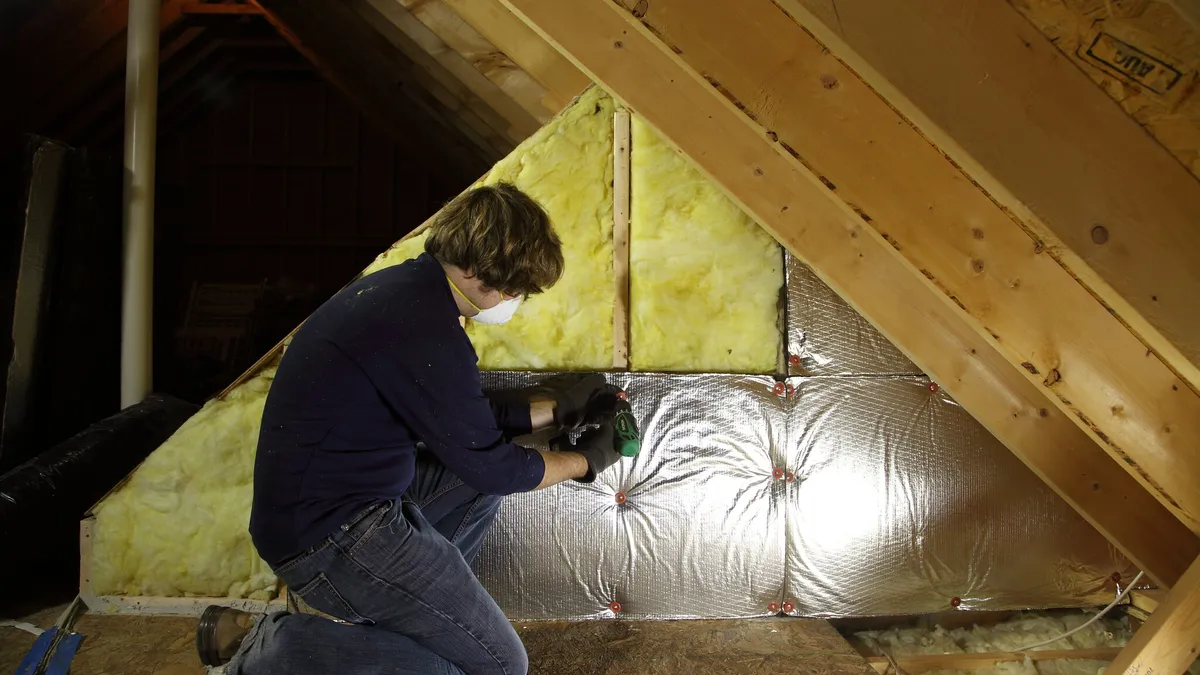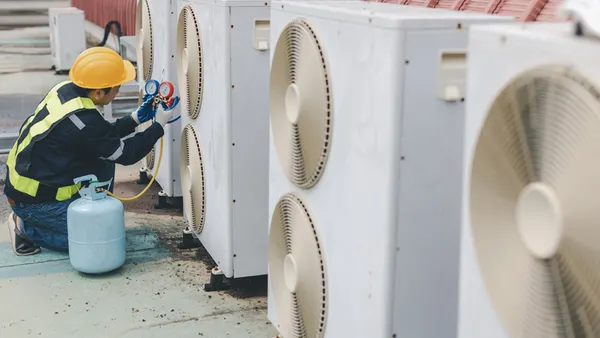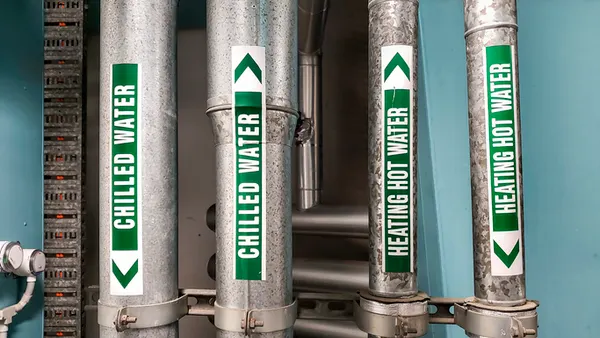Dive Brief:
- The U.S. Department of Energy on Friday awarded more than $40 million to 21 organizations and five state agencies to fund energy efficiency projects, prepare thousands of low-income homes for weatherization improvements, and help customers reduce utility costs.
- The funds come from DOE’s Weatherization Assistance Program, or WAP, which got a $3.2 billion boost in funding from the bipartisan infrastructure law.
- The investment “addresses a critical gap in federal assistance,” Secretary of Energy Jennifer Granholm told reporters. Much of the funding will go towards improvements for homes in disrepair, so they can then be eligible for energy efficiency upgrades.
Dive Insight:
Before energy efficiency and electrification upgrades can be made, many homes must first address mold, damaged roofs or water damage. And customers eligible for WAP assistance often cannot afford to make those repairs, say experts.
"We know there are families who can't yet benefit because they need major repairs done on their home before weatherization can happen,” Granholm said. DOE’s awards will “help households with high energy burdens [and] households in underserved communities address these underlying issues.”
“We want them to be eligible to apply for weatherization assistance through their state programs,” she added. “Those are sometimes the homes that need weatherization most.” Homes can also be made electrification-ready, she said, making them suitable to install equipment like heat pumps, electric water heaters or solar panels.
Of DOE’s award, $36.5 million will come from an enhancement and innovation funding opportunity and will help specific projects and organizations. Another $5.1 million will go to states for sustainable energy resource projects.
The assistance, and in particular last year’s WAP expansion, can make a big impact for low-income customers, said Eric Bradley, managing director of new energies and sustainability at Taurus Investment Holdings. The firm purchases middle-income housing and through a subsidiary or affiliate rolls out energy efficiency upgrades.
Last week’s announcement “is certainly helpful,” Bradley said. But the more than $3 billion allocated in the infrastructure bill, “that's the bigger pot of money that I think will drive a more significant turnover in energy efficiency.”
There are about 120 million households in the U.S., and roughly 40 million are eligible for WAP, he said. “Probably half of those are ... severely hindered in terms of their ability to pay bills.”
In New Mexico, DOE said its funding will be used to turn WAP projects into “grid efficient buildings” through the addition of solar panels, battery systems, heat pumps and energy management systems. Minnesota will use the funds to retrofit homes in historically redlined districts. And more than 20 specific organizations will receive funds, including efforts to electrify affordable housing in New York City.















